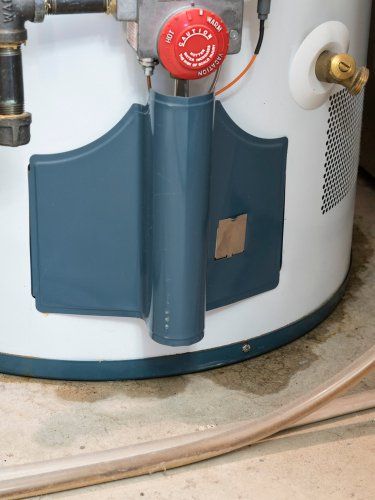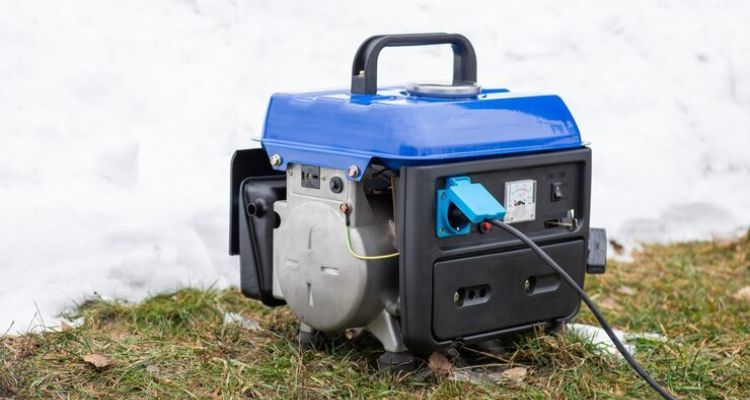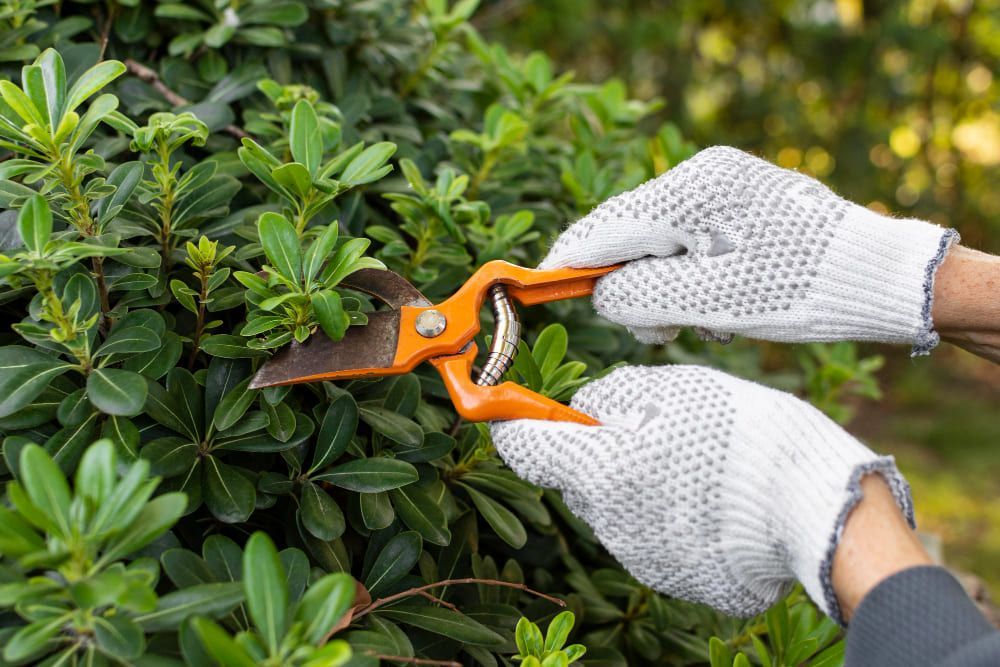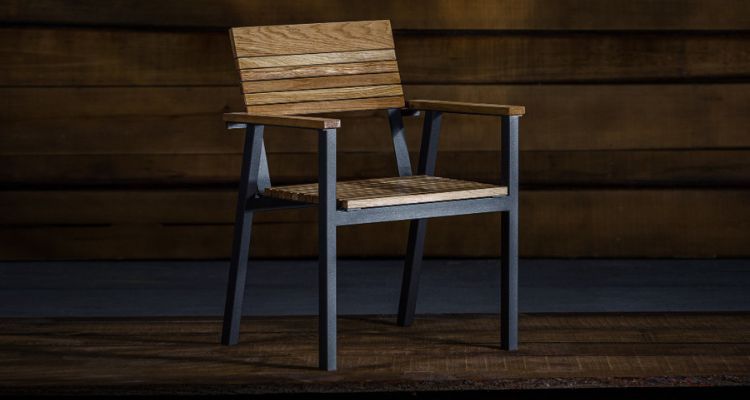Looking for Extra Money Clean out Your Water Heater

Sometimes, finding ways to spend less each month may be hidden where you least suspect it. An efficient water heater could keep your energy and water bills down. If you want to follow some smart home maintenance tips, keep an eye on this important appliance.
Time To Flush It
You may not think much about your water heater until it stops working. Draining water is a good way to save money and keep it running well. Over time, sediment will build up at the bottom of the tank. This can cause leaks and make the appliance work harder for you. You can take care of these issues by hooking a hose to the drain and letting out all the water. You should do this at least once a year.










